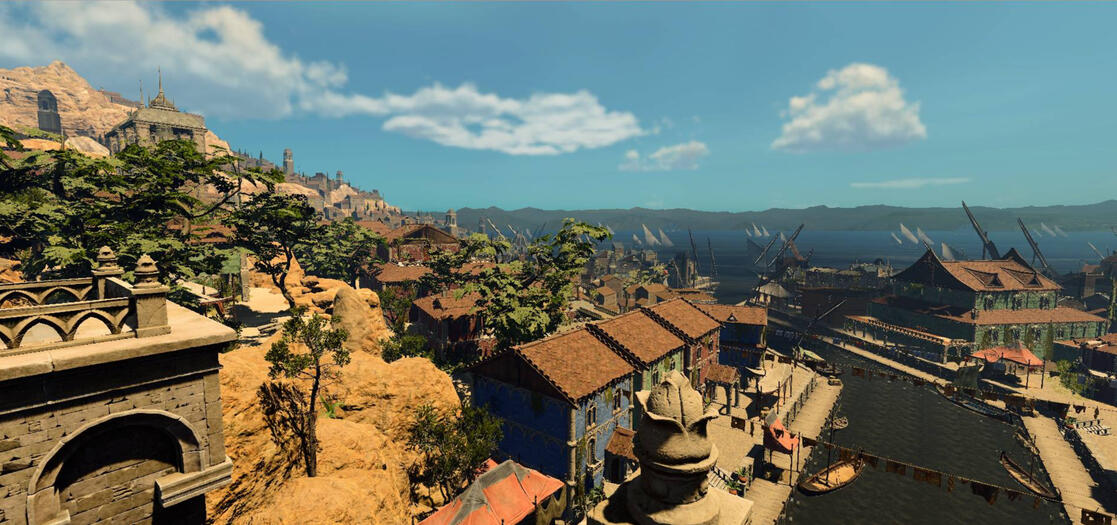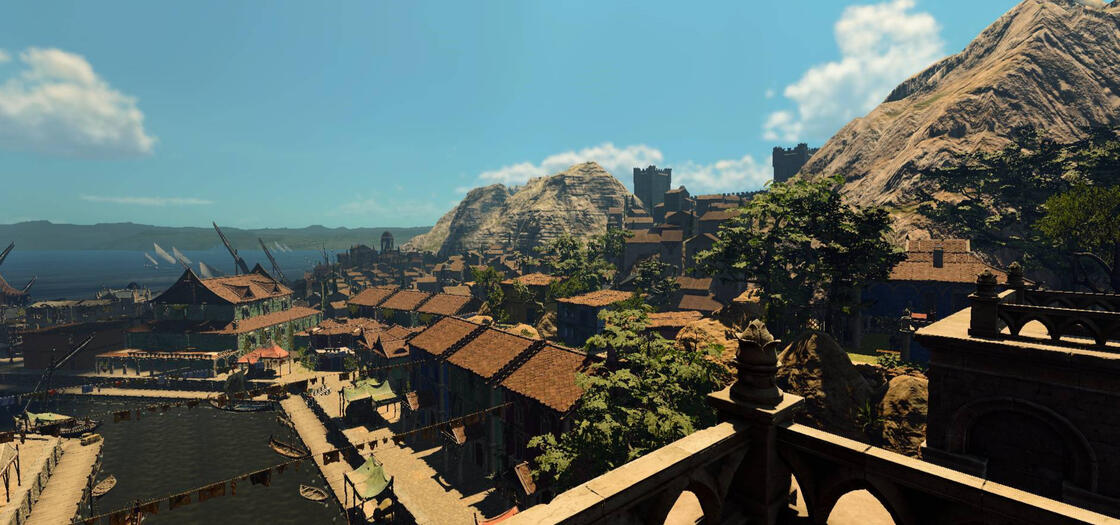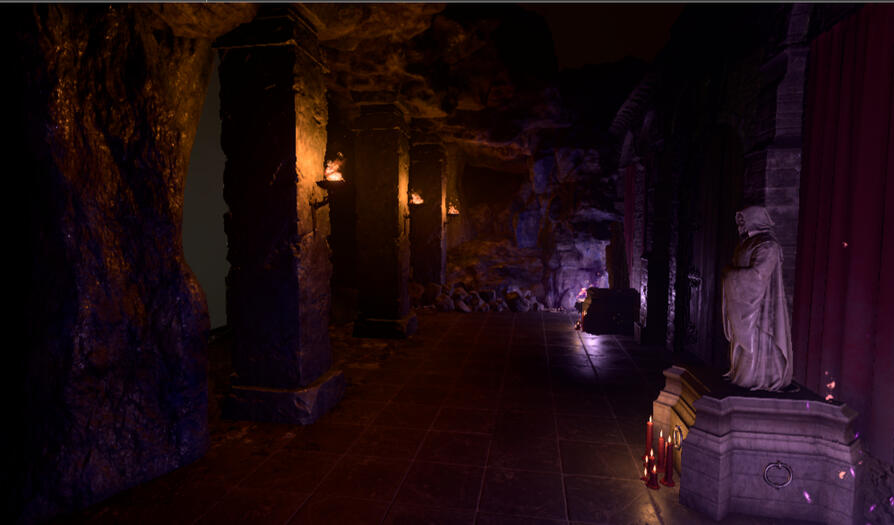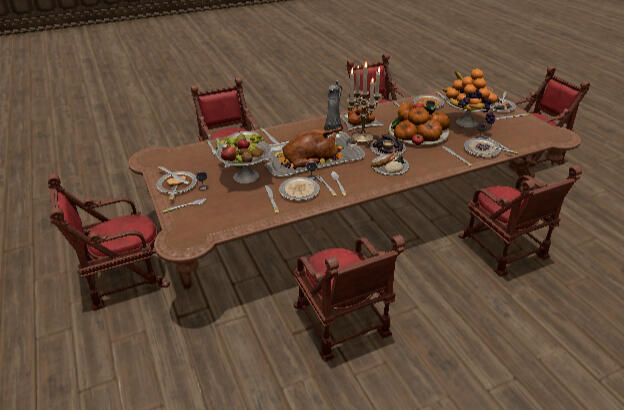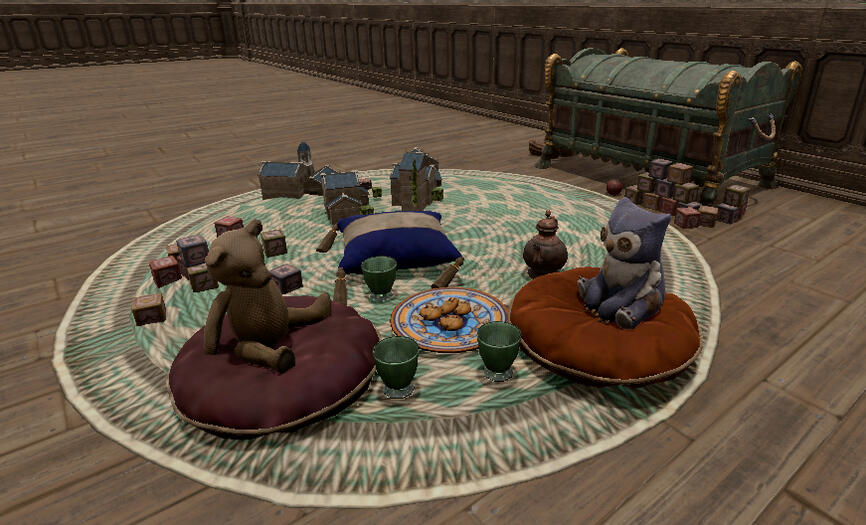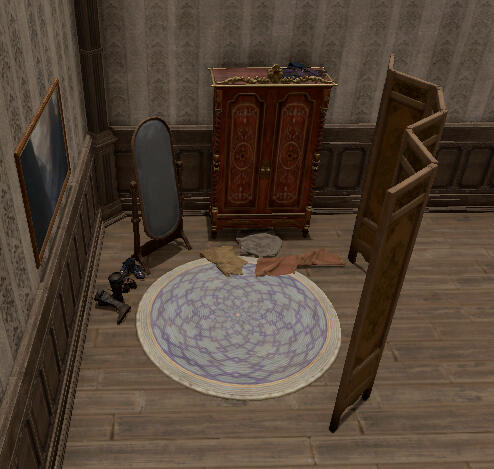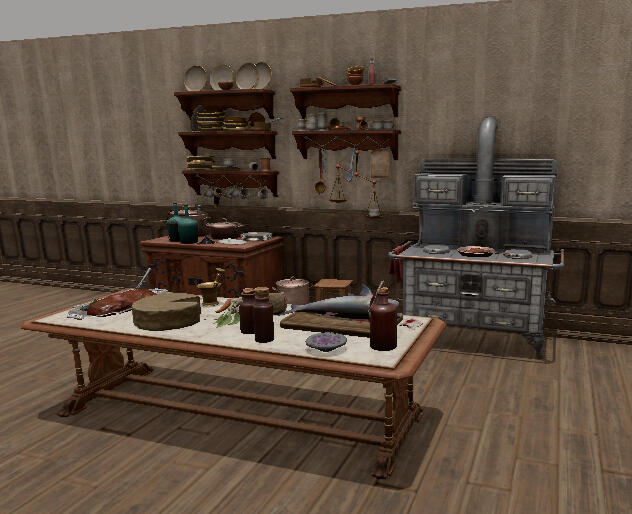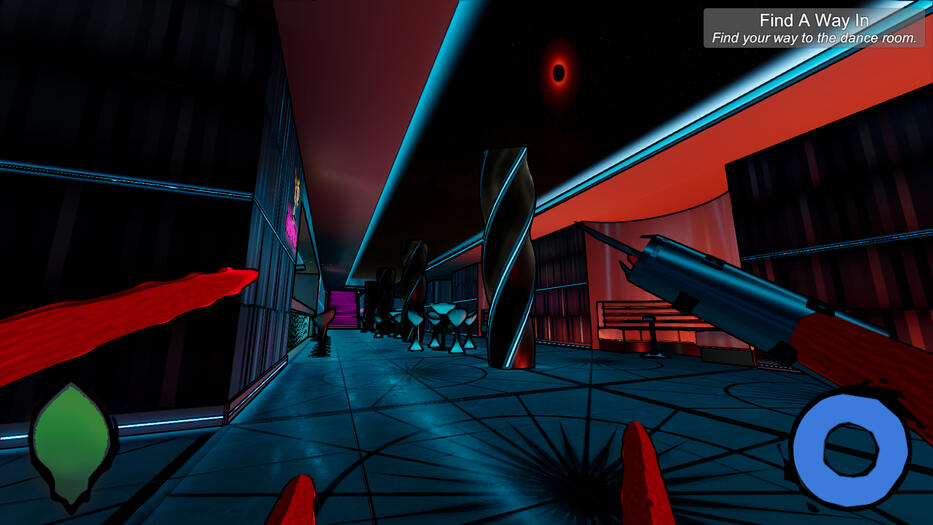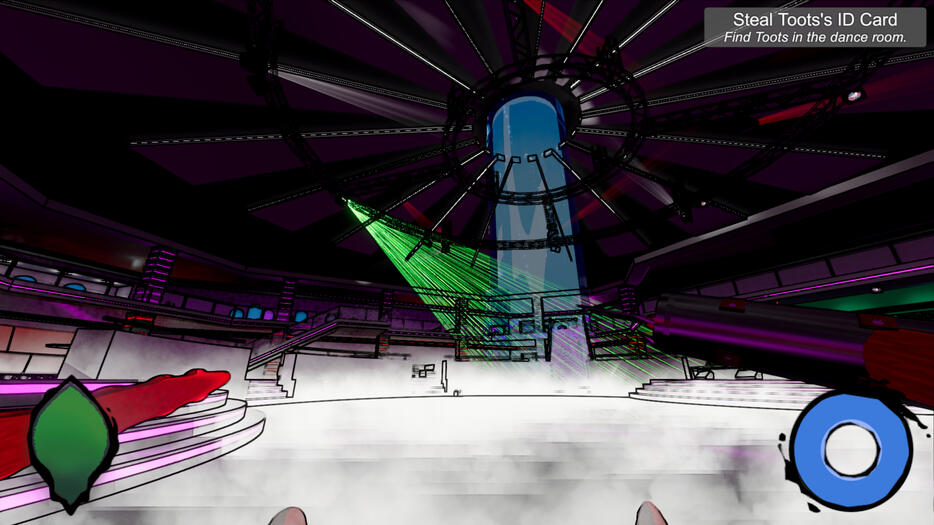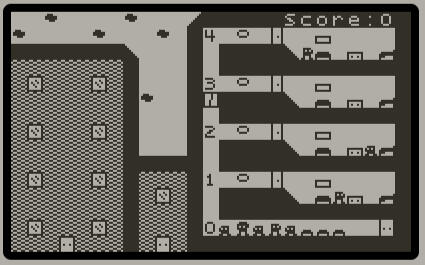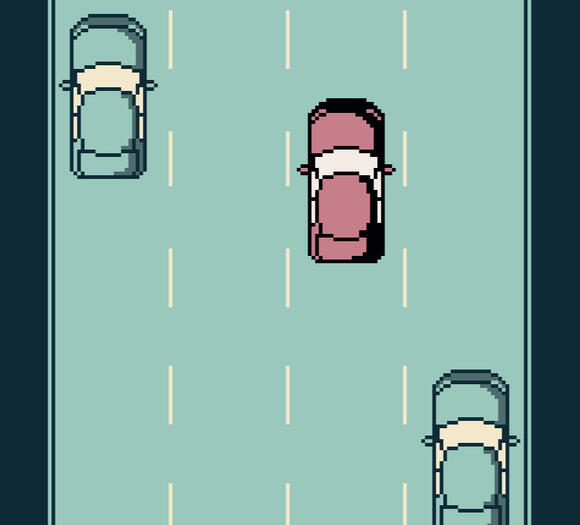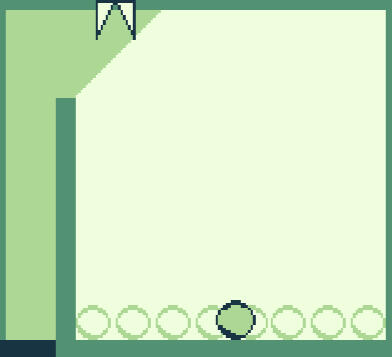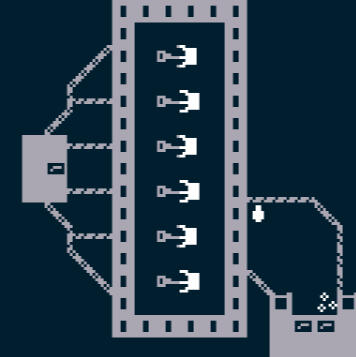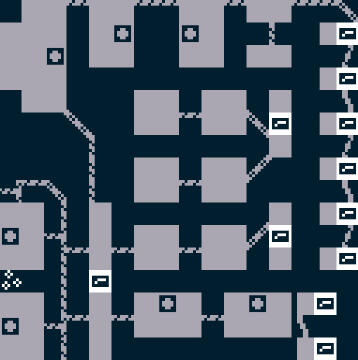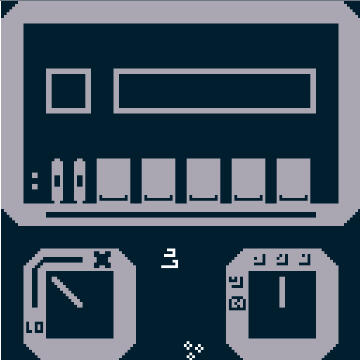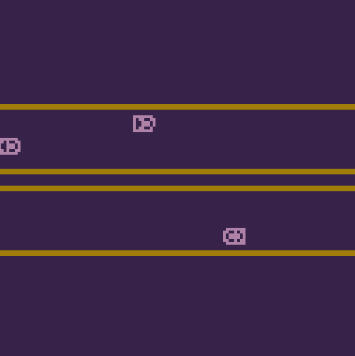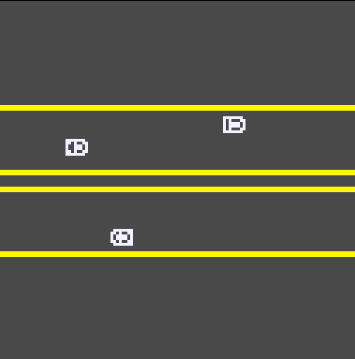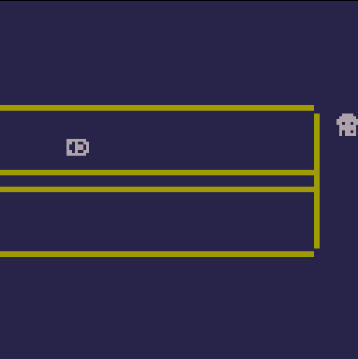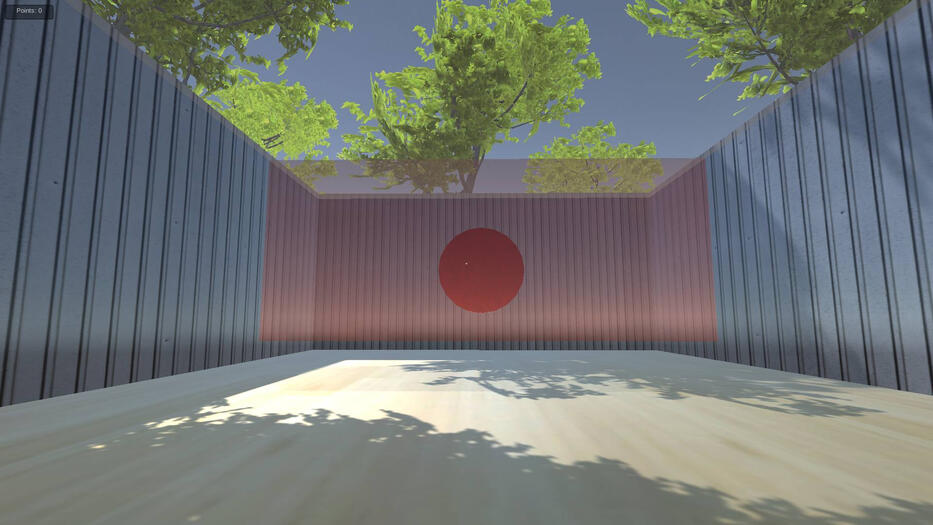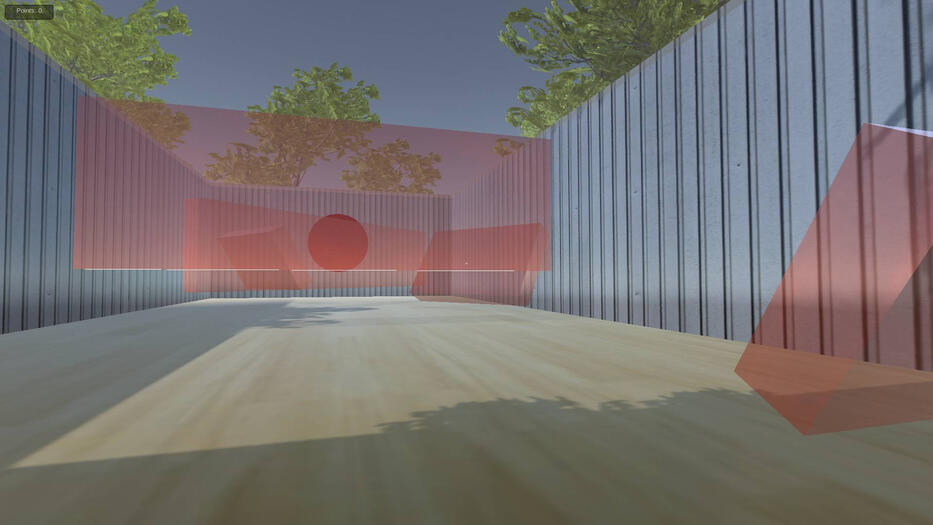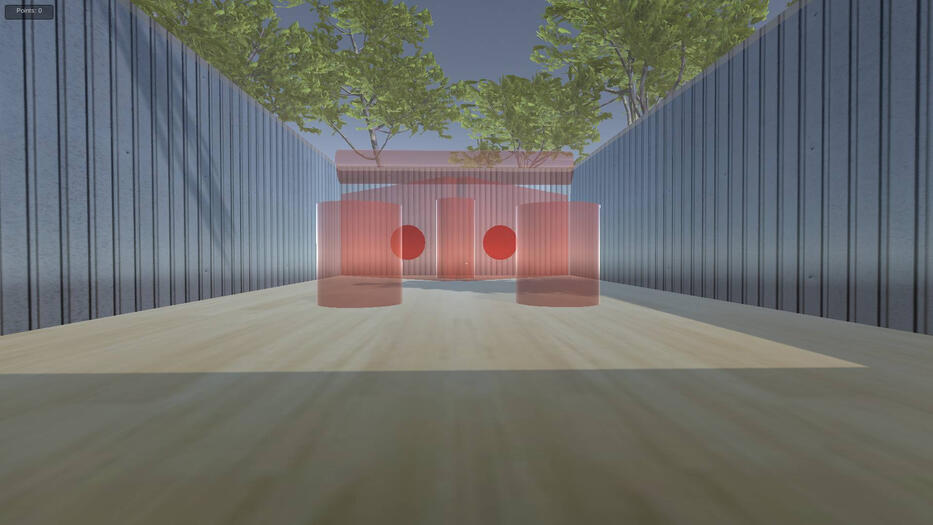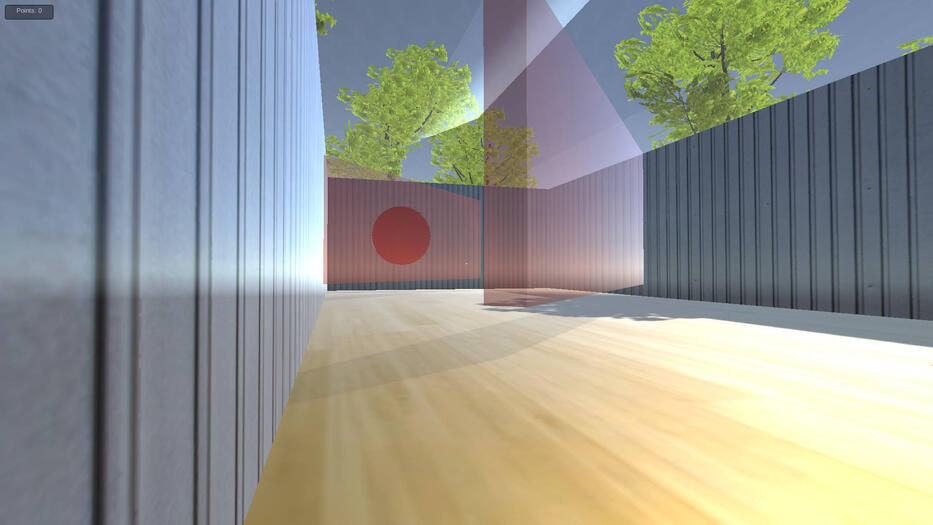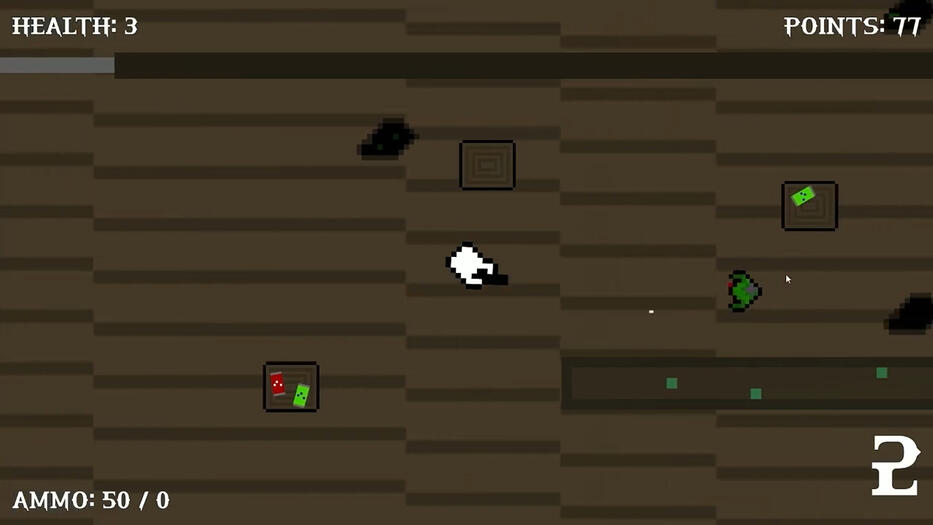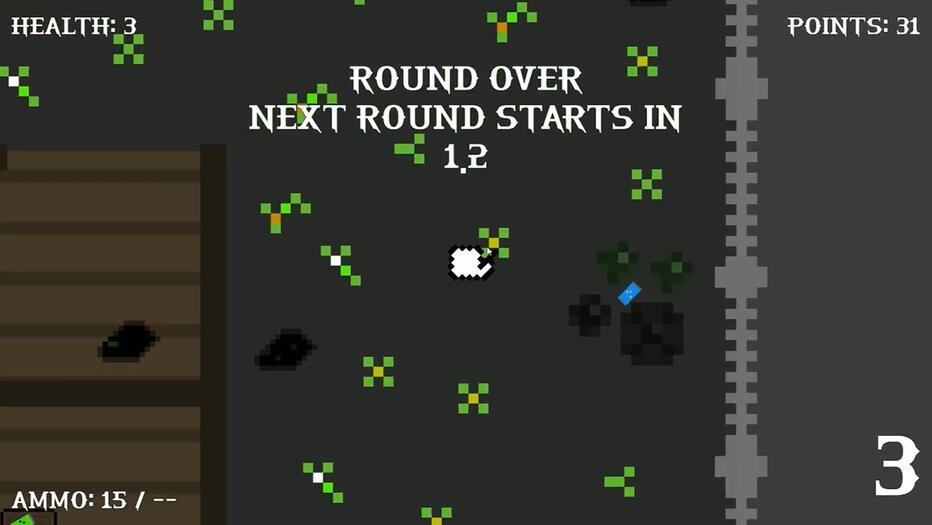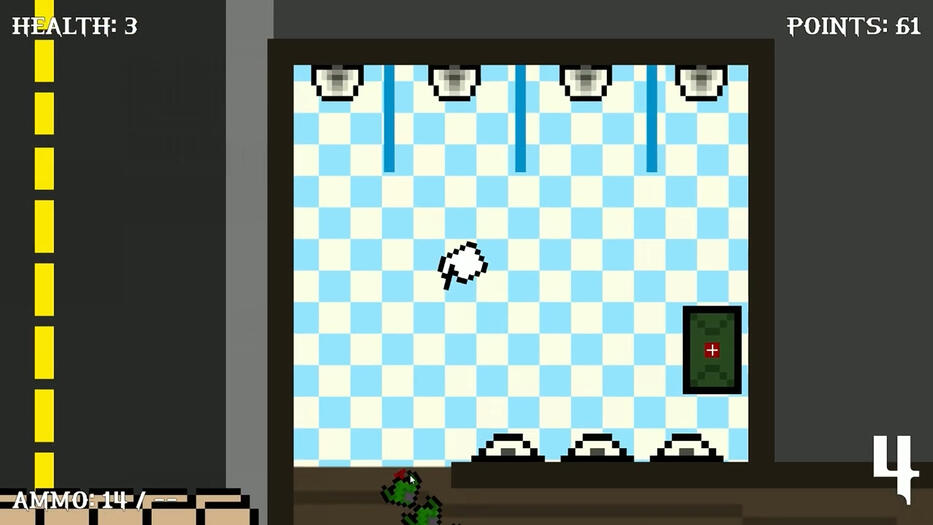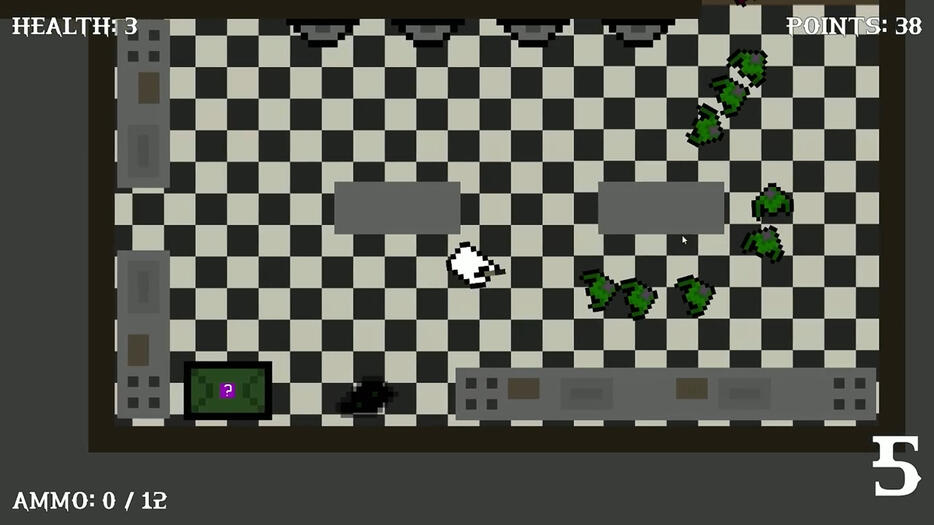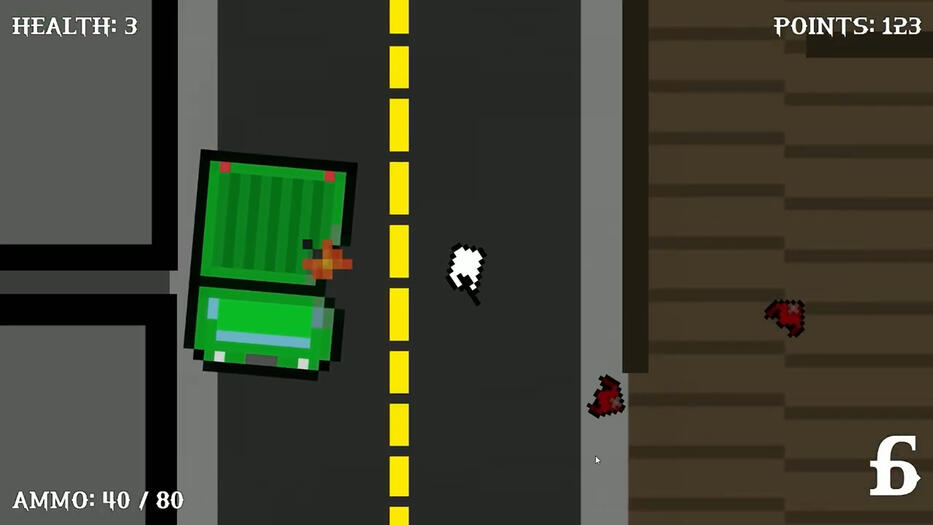Adam Ploskonka

I'm Adam Ploskonka, a passionate level designer for the project Path To Menzoberranzan.
I am a level designer and a graduate from The College of New Jersey, where I earned my degree in Interactive Multimedia with a minor in Graphic Design, graduating Magna Cum Laude. Additionally, I hold an Associate's Degree in Game Arts from Raritan Valley Community College.I served as a Teaching Assistant for the following courses: Games 1: Design and Architecture and Games 2: Implementation and Design Perspectives. In Games 1, I held office hours to support students and independently delivered a lesson that guided a class of 18-20 students learning Unity in level design using the tool Probuilder. In Games 2, I acted as a producer, overseeing a group of students as they developed a game throughout the semester.In my approach to level design, I prioritize a player first philosophy, centering all my design decisions around the player experience. During the initial stages of white boxing, I carefully assess the movement mechanics available to the player and ensure that the environment I create effectively utilizes each of these mechanics, giving every movement option a clear purpose. Additionally, I leverage lighting and sound to guide players attention, ensuring they focus on the intended elements within the environment. I take great pride in crafting environments that naturally convey a narrative while providing ample opportunities for players to explore the full range of mechanics at their disposal. I am committed to continuous learning and actively seek out new techniques to enhance my skills further. To ensure that my next project is of an even higher quality.I'm always on the lookout for the next big project to get invested in!
Path to Menzoberranzan: 2025
These images showcase my contributions to the custom Baldur's Gate 3 campaign, "Path to Menzoberranzan." I collaborated closely with a team of 12 other level designers and developed this section under the guidance of my level design lead, incorporating feedback from both the writing and art teams to realize our shared vision.The design of this dockside town took approximately two weeks to complete. I focused on ensuring that the layout of ships sailing in the background were clearly visible from the central promenade and added depth to the landscape to enhance the feeling of being part of a larger, vibrant city. One of the main challenges in this area was seamlessly integrating the cityscape with the mountainous terrain maintaining a balance between urban and natural elements.
Octoslayer: 2024
The images are from my senior thesis project, "Octoslayer." This year-long endeavor is one of my most significant projects in the Unity engine. I collaborated closely with a dedicated team of 6 fellow students, with each member specializing in different areas of the development process. In my role, I served as the level designer, contributed to merchandise creation and advertising efforts.The project involved navigating numerous tight deadlines, requiring us to prepare playable demos for both midterms and the final exam. The level we focused on featured our main character, an octopus, stealthily infiltrating a nightclub with the objective of targeting the owner. In designing this level, we ensured that players had various options for progression, allowing them to explore different pathways. We integrated ventilation systems and sewers as potential entry points, while also providing the option for players to engage directly by breaching the front entrance.
Tiny Games: 2023 - 2024
These images are from a collection of short projects I developed during my junior year spring semester at The College of New Jersey. Throughout this semester, we focused on rapid prototyping of games tailored to meet the stringent graphical limitations of handheld devices present on devices like the Playdate and the original Game Boy. Many of these projects adhered to constraints regarding color palettes, screen dimensions, and required meticulous pixel art.My initial project, an elevator game, drew inspiration from the fast-paced minigames found in Warioware, designed for quick play sessions that transition swiftly from one minigame to the next.The second project was a demake of Need for Speed, which involved navigating several limitations that diverged from my original vision for the game. Additionally, the small claw game represented my first foray into GB Studio, where I developed a game utilizing six distinct shapes, with the overarching concept based on a verb.My Bitsy project, Grand Adventure, was a pixel art narrative illustrating an electrical issue I experienced with my car. In this story, the main character, Spark, embarks on a journey from the battery in the engine bay, through the fuse box, and ultimately to the radio. Lastly, the simple driving game served as an exploration of how color choices can influence the overall atmosphere of a game.
Bounce House - 2022
These images are from my first 3D game, which served as my final exam for the Games 1 course. My objective in creating this game was to design an interactive environment that encourages player creativity by minimizing restrictive rules, the game only has a points counter and one goal, hit the target. The game features four distinct rooms, each with varying wall layouts, which present players with physics-based puzzles as they aim to hit a target with a ball. During the final playtest, I observed players utilizing deployable bouncers to construct a staircase, enabling them to gain a higher vantage point and explore alternative angles for gameplay. This experience exemplified the creativity I intended to inspire in players through this project.
Zombie Survival - 2021
These images are from the first game I developed. I collaborated with another student, who managed the coding, while I focused on creating the assets and level layout. Our objective was to create a reinterpretation of the zombie mode from Call of Duty. In the game, players eliminate zombies to earn points, which can be used to unlock doors that provide access to upgrades and additional space for maneuvering while dodging zombies. However, as players open more doors, the spawning of zombies increases.I designed four distinct zombie types to enhance gameplay variety: a basic green zombie, a faster red variant, a purple ranged zombie, and a larger green zombie that serves as a boss character. Additionally, I developed several firearms for the zombies to drop, including a shotgun, machine gun, and minigun, to provide players with a fighting chance. I also designed the starting area to ensure that tables could serve as cover against ranged enemies, allowing players to strategically defend themselves. In the outdoor section, I utilized sandbags to create natural obstacles, guiding players movement and limiting access to the designated restaurant area.
